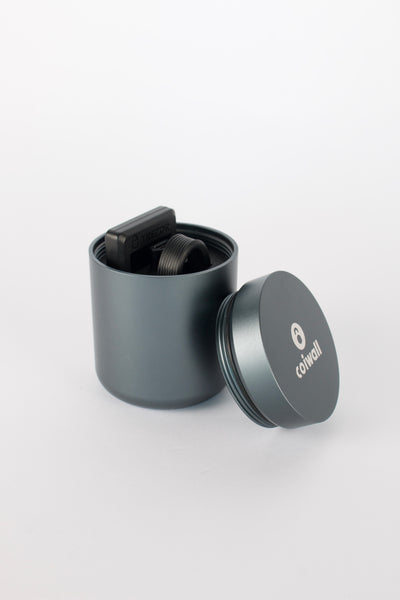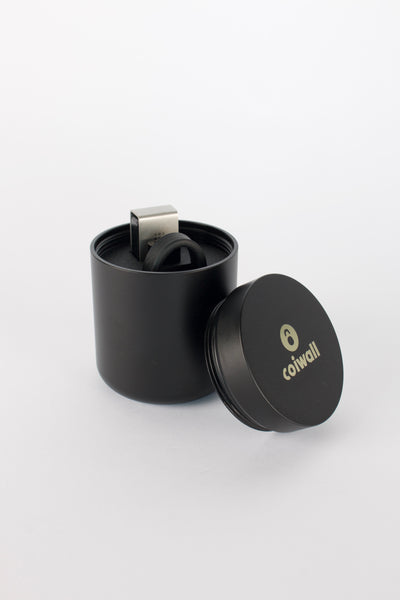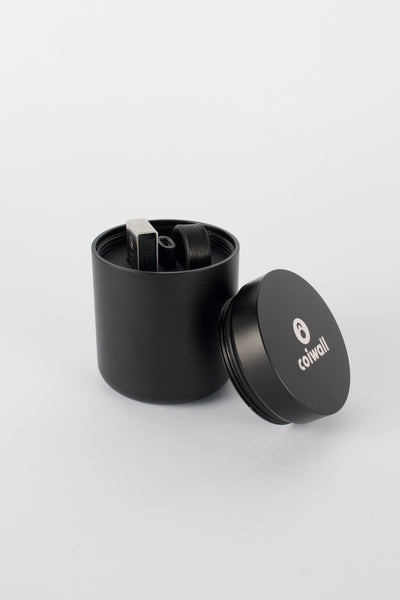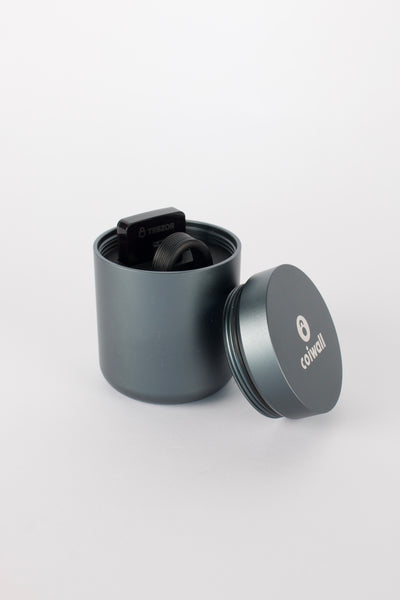You know what? Crypto trading can feel loud. Screens flash, prices wiggle, and someone on X swears they found the next big thing. Bybit steps into that noise as a place that feels built for traders who want speed, clear tools, and fewer surprises. It leans into derivatives, keeps spot markets straightforward, and adds quality extras without getting heavy. Let me explain how it all fits together, and how you can use it without losing your balance.
So, what is Bybit good at?
Bybit made its name with perpetual futures. The engine is fast, the order books run deep, and execution feels steady even when volatility bites. That matters when you need fills that make sense, not random slippage. The platform now covers spot trading too, plus options and a range of simple earn features. It aims to be a full trading desk, not a maze.
Here’s the thing. Derivatives can be thrilling. They can also be brutal. Bybit’s tools sit in that middle ground, giving speed and structure while nudging you to stay disciplined. That blend is why so many active traders keep it in their rotation.
Perps, funding, and the rhythm of the market
Perpetual futures on Bybit track spot prices with funding payments. Those fees swing long or short, so they pull price and sentiment in a tug-of-war. Watch funding, not just the chart. If funding runs hot for hours, momentum can stall as funding bites. If it flips negative while price holds, the crowd might be offside.
Bybit shows funding rates and next settlement times clearly. Use that. Set alerts. Treat funding like the wind at your back or in your face. Not the only signal, but a real one.
Order types that actually help
Market, limit, and conditional orders are standard. What lands well on Bybit is how these settings are presented. You can place a limit with a clear stop, or layer take-profit and stop-loss without fuss. It sounds small. It is not. When buttons are placed well, you make fewer errors.
By the way, practice helps. The testnet lets you try ideas with play money. It is not glamorous, but it builds reflexes you will rely on when price sprints.
Spot trading without the drama
Spot markets on Bybit are clean and, for major pairs, liquid. You get TradingView charts, straightforward fees, and no weird surprises on simple buys. If you swing trade or build longer positions, this side of the platform is calm enough to use daily.
Risk controls that feel like seatbelts
Leverage is a tool. It is also a trap. Bybit gives you isolated and cross margin, plus visible liquidation prices. A quick rule of thumb, start with isolated, then scale into cross only when you understand your net exposure. Keep stops on the chart, not in your head. And yes, partial liquidation mechanics help, but do not treat that as a backup plan.
One more thing. Size positions so a single loss does not tilt your week. If you find yourself staring at the screen, heart racing, the position is too big. That advice sounds soft. It saves accounts.
Security, proof, and why self-custody still matters
Bybit leans on cold storage, withdrawal address whitelists, and two-factor authentication. You should enable it all. The exchange has published proof-of-reserves snapshots over time with Merkle tree checks. That is a good sign, and still, it is not a blank check.
Longer-term holdings belong in your own wallet. Period. If you keep a core stack, consider a hardware wallet like Ledger or Trezor. Hold your keys, then move funds to Bybit when you plan to trade. After the trade, withdraw back. It adds a tiny step, but you sleep better.
Quick self-custody flow that keeps things tidy
- Create a dedicated withdrawal address in your Ledger Live or Trezor Suite.
- Whitelist that address on Bybit and lock the whitelist behind 2FA.
- Test with a small transfer first, every single time.
- Keep a simple note of confirmations and network fees so you remember what normal looks like.
That small routine turns chaos into a habit you can trust.
Access and compliance
Rules change by region. Bybit has varied requirements for KYC and some features may be limited based on where you live. Check the latest terms and your local laws before you get too invested in a workflow. It is less fun than charting, but it matters.
Copy trading, bots, and the fine line between help and noise
Bybit offers copy trading, grid bots, and a growing set of automation tools. They can help with structure and consistency. They can also lure you into trades you do not understand. Use them as training wheels, not as autopilot. If a strategy looks perfect, it probably just had a good week.
Liquidity, slippage, and how to pick your time
Large orders move markets, even on deep books. For bigger size, consider using limit orders near areas with clear resting liquidity. Watch the tape around funding turns and major session opens. Asia, Europe, and the US bring their own flavor, and Bybit’s books reflect that flow. Small detail, big impact.
Fees without the fine print headaches
Bybit runs a maker-taker model with discounts for higher volume. Makers usually pay less, so placing limits can help when you are patient and careful. Still, never miss a fill because you chased a tiny fee edge. Pay for speed when your plan needs speed.
Common rookie slip-ups on Bybit
- Using max leverage because it is there.
- Skipping a stop because price “will bounce.”
- Ignoring funding and getting stuck in a slow grind.
- Trading during major news without a plan.
- Leaving coins on exchange that you meant to store on a Ledger or Trezor.
Everyone makes mistakes. The goal is to make them smaller and less frequent.
Getting started, the simple way
Set the table
Create your account, complete KYC if required, then lock down security. Turn on 2FA. Add a withdrawal address whitelist. Set up price alerts for your favorite pairs so you do not trade out of boredom.
Fund and pick your lane
Deposit a small amount first. Learn the fee schedule. Decide whether you will trade spot, perps, or both. Keep it simple during your first week. One or two pairs is plenty.
Place the trade with a plan
Mark your entry. Pick a stop that invalidates your idea. Choose a target before you click buy or sell. Place the order. Walk away for five minutes. If you feel itchy to change it, you probably sized too big.
Charts, tools, and tiny edges
Bybit’s charting uses TradingView, which feels familiar. Add only what you use. A moving average, a volume profile, maybe an RSI if it helps you judge speed. Fewer indicators, better decisions. Keep a journal. Note entries, exits, funding, mood. That last bit sounds corny. It is not. Your mood explains half your trades.
Launch events, tokens, and the excitement tax
Bybit runs token launch events from time to time, plus reward campaigns that look shiny. They can be fun. The risk is simple. New tokens are volatile, and everyone loves a story. If you join, size down and take profits fast. Excitement charges a tax, and it demands payment upfront.
A seasonal thought
When markets heat up, Bybit feels alive. Perps buzz, funding swings, and traders crowd the same levels. In quieter months, it turns into a strategy gym. That is when your habits form. Use the slow seasons to build your plan, practice on testnet, and refine your self-custody flow with your Ledger or Trezor. When the next wave hits, you will be ready.
Final take
Bybit sits in a useful spot. It is fast, it is fairly clean, and it gives you the tools needed for serious trading without feeling heavy. It is not a magic portal, and it will not fix a bad plan. But with a calm approach, a few rules, and a hardware wallet for your long-term stash, it can be the kind of exchange you use for years.
Honestly, trading is a craft. You learn a lot, then you learn the same lesson again with smaller losses. Bybit helps by staying out of your way when you need focus and by giving you enough features to grow. Keep risk tight, keep records, and keep your keys safe. Simple, steady, repeat.











